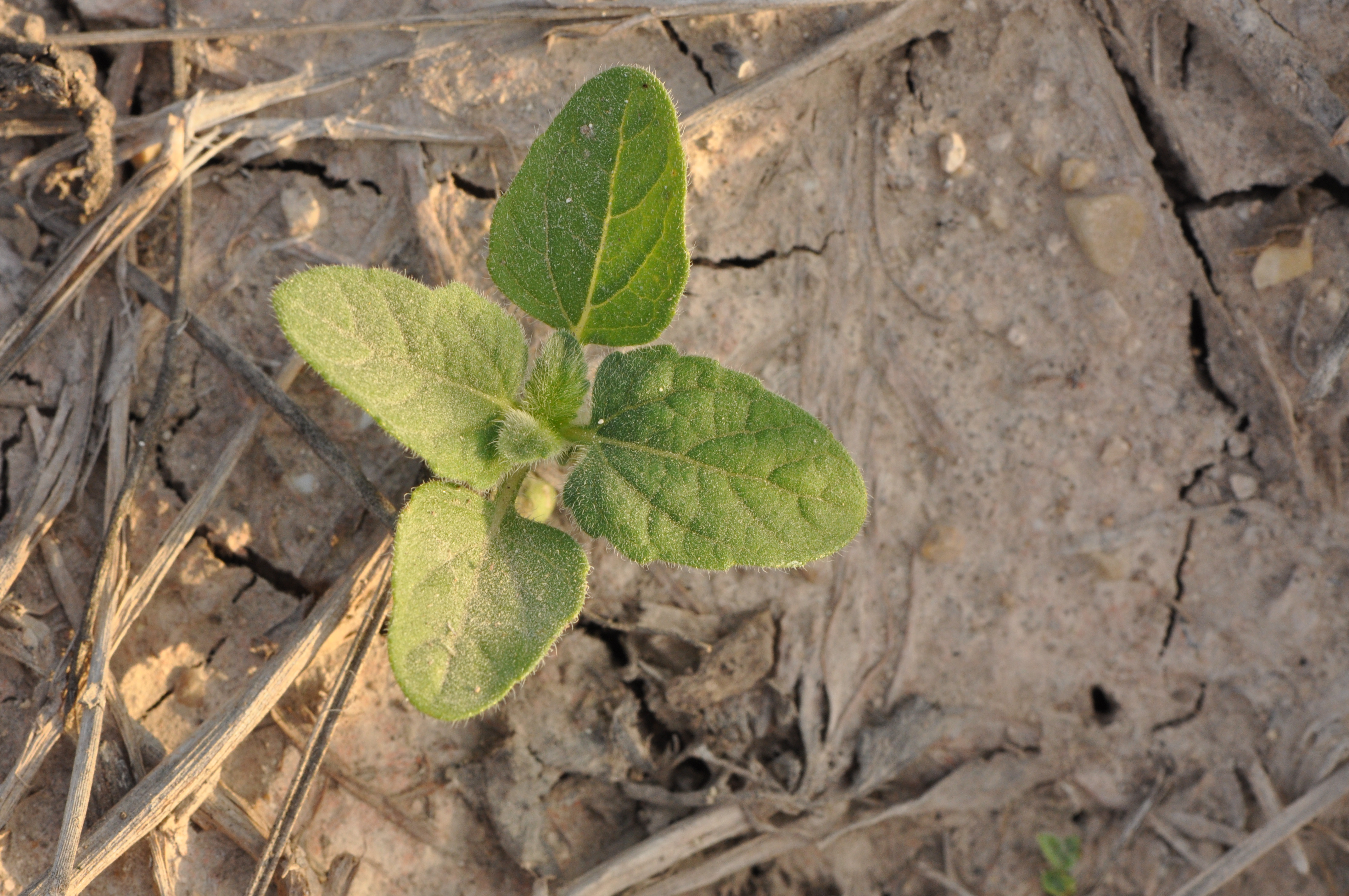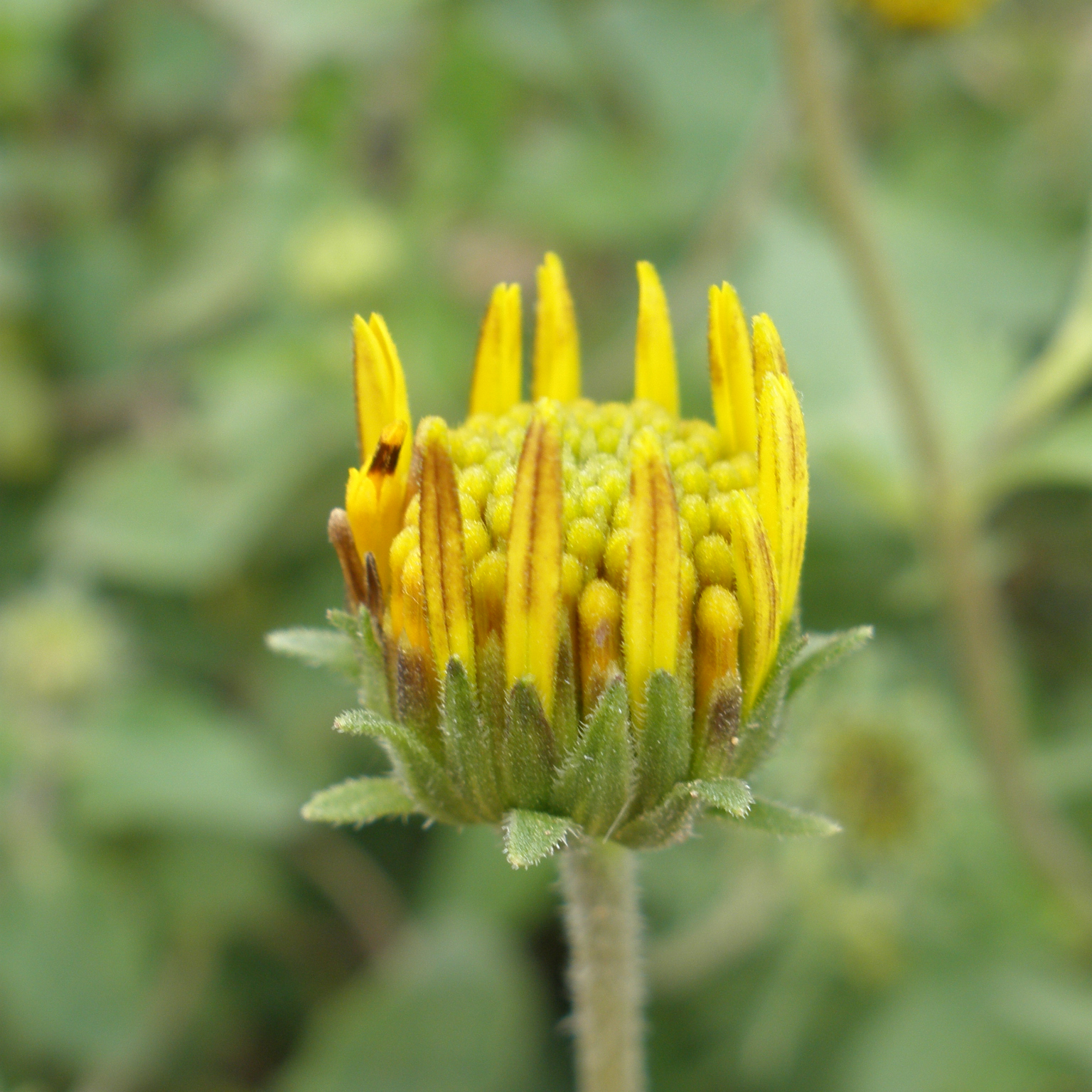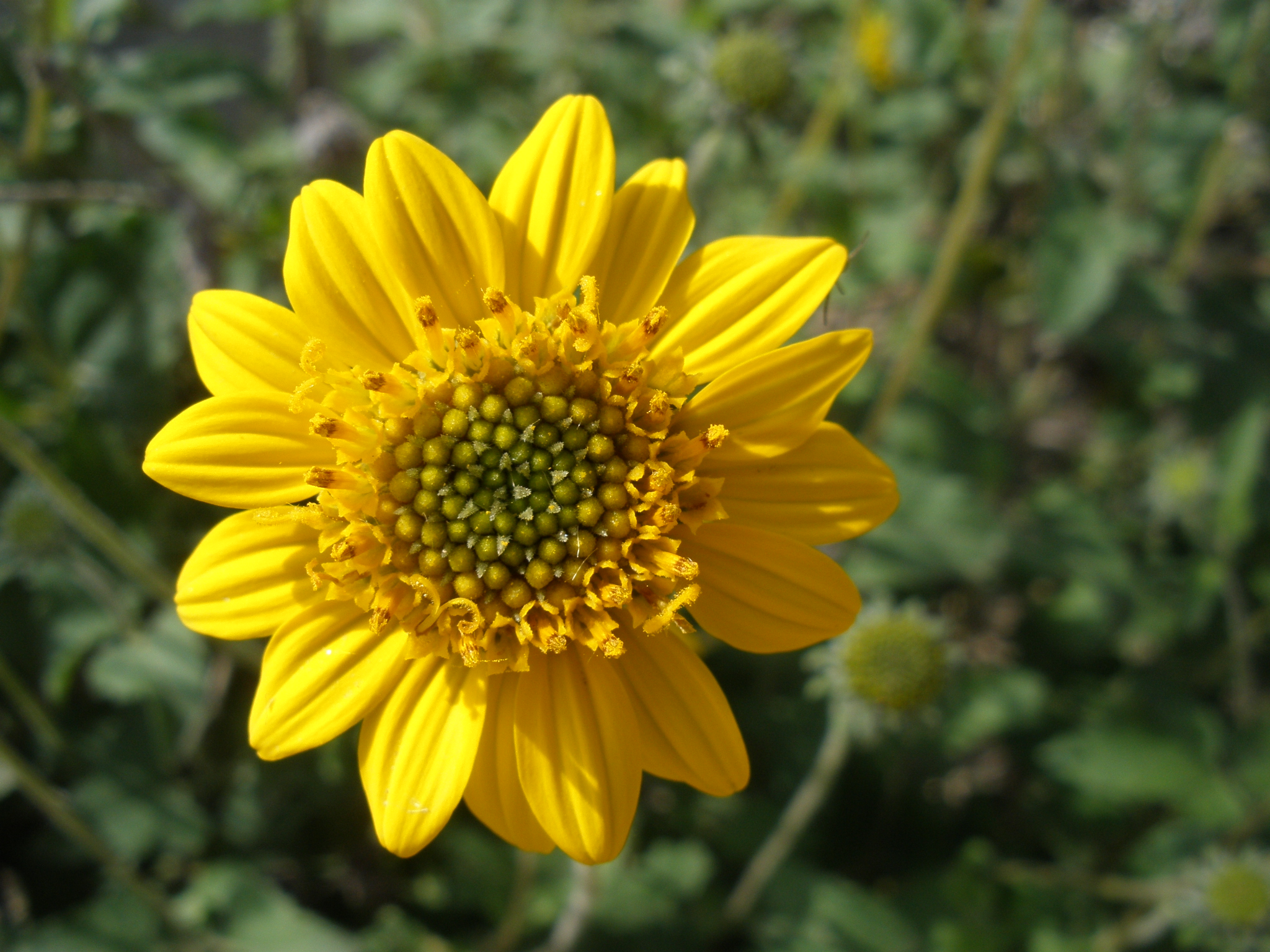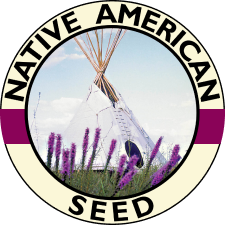Learning to Read the Land
Learning to Read the Land
by Sarito Neiman

"All things in the plain are isolated; there is no confusion of objects in the eye, but one hill or one tree or one man. To look upon that landscape in the early morning, with the sun at your back, is to lose the sense of proportion. Your imagination comes to life, and this, you think, is where Creation was begun."
N. Scott Momaday

When I was a kid I lived close to the ground. The front yard of our house in Dallas held worlds upon worlds to be explored just beneath my feet. Tiny little blue flowers sprouted out of the lawn, and clusters of fuzzy dark green leaves hosted little purple-and-white blossoms shaped like fairy-tale princesses in hoop skirts in little boats, floating down rivers of my imagination to some charmed and magical destiny. There were ants and doodlebugs, dandelions and oniongrass, butterflies and inchworms. I somehow knew instinctively what was okay to bite into and what was not, and tasted all the plants I figured were safe. I caught lightning bugs in the twilight, kept them in a jar overnight and let them loose in the mornings, was sad when a death occurred among them. I cracked open rocks with a hammer to see what was inside. God was in the details, and mystery and wonder everywhere. For the longest time I thought it was trees who made that lazy hot-summer-day buzzing sound -- cicadas were not in my vocabulary because I was too close to the ground to see them, to attach the sound to them and ask their names.
You have memories of your childhood, too… the smell of rain, the feel of sunshine, the tangy fragrance of fresh-cut grass. The first step in learning to read the land is not so much to recapture those memories but to recapture that sensitivity, to reopen those eyes. It might mean you have to unlearn some things you think you already know.
A story:
For a couple of years I lived and worked in London. The English have this wonderful way of packing whole landscapes into tiny squares of earth in front of their row houses, and their climate blesses them with a spring that seems to go on forever. The first spring I was there, I used to walk every weekday morning to the train that took me to work. Past all the gardens, through heaps of blossoms on the sidewalk after a rain, and each morning it seemed there was something new in each garden.

At one house, my passage almost always coincided with what I took to be "leaving for kindergarten" time for a mother and her small daughter. Their garden was a particularly beautiful one, and along one side grew an abundance of hydrangeas. I had been watching as the flowers slowly unfolded and began, day by day, to turn from green to lighter green to just a hint of pink. And on this one morning, after a rare full day of sunshine the day before, they had all burst into full color. The overnight transformation was breathtaking! And just as I came up even with the house I heard the little girl say, "Mommy!! Mommy, look!!!" and I knew she had seen them too. Her mother said, "Yes dear. They're hydrangeas."
During the rest of my walk to the train station, this little exchange hung in my thoughts. I wondered, would this little girl forever associate the word "hydrangea" with moments of wonder and beauty? Faced with her first awesome sunset at the beach, the first stirrings of romance in her heart, would she say to herself, "It's just so… so hydrangea"? I didn't know whether I wanted to laugh or cry. Because this has happened to all of us in so many ways, this transformation from child full of wonder to adult full of knowledge. We learn to label things, to compare and categorize them, to call them by name -- "cicada" -- and we file them away in our storehouse of information and set about to collect more.
I'm not saying knowledge isn't useful, it can be. But gathering knowledge at the expense of wonder is like collecting a library full of books that are never opened and read for pleasure. The danger is you just end up with dust in your eyes.
Try it for a few days, just as an experiment. Get down close to the ground and look at the details. Resist the temptation to put labels on what you see. Allow yourself just to be in awe, without saying, "How beautiful!" Take the first step toward learning to read the land.
